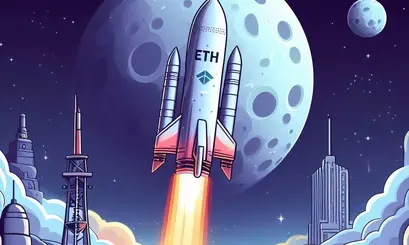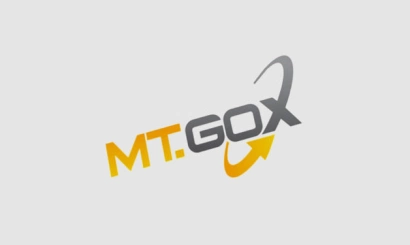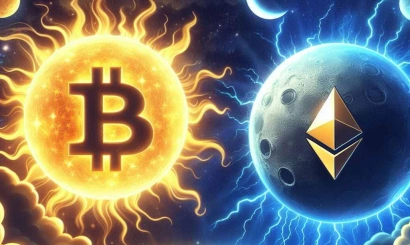Redefining the NFT Market: How Blur Changed the Game
A clever expansion strategy with token giveaways and more advanced trading tools has put Blur at the forefront of the market
In mid-February, the NFT trading marketplace Blur launched its own token and held a giveaway among users. The long-awaited "airdrop" became a tool to attract traders and liquidity to Blur, allowing the platform to capture a significant share of the market, while its main competitor had to adjust to the new rules of the game.
The token, which received the ticker BLUR, will serve as a proprietary asset to manage the platform. A total of 360 million tokens have been allocated to airdrop, representing about 12% of the project's total offering. On the day the token was launched, it was floated by several major crypto exchanges, including Coinbase, KuCoin, OKX, and others.
Launching the airdrop, Blur's administrators took a gamified approach in which they did not distribute tokens directly into the wallets of active users in the usual way. Instead, participants received packages called Care Packages, the contents of which corresponded to the number of "loyalty points" on the platform. The packs had four levels of rarity, each corresponding to some form of user activity on Blur since the launch of the platform. Depending on the scores, the amount of accrued tokens were already calculated.
Blur is aimed at professional traders, offering advanced trading tools, no commissions, and optional royalties, which are accrued to the original creator of NFT with each of the secondary sales. The largest NFT platform OpenSea is often criticized for its limited functionality and occasional technical problems, and Blur in this context also looks more advantageous in comparison with its main competitor. The combination of user engagement mechanisms has led the platform to become the NFT market leader in terms of trading volume, surpassing OpenSea.
The War of the Marketplace
Literally the day after the sensational distribution of tokens, the volume on Blur more than quadrupled, which brought the competition between the two major players in the market to a new level. The platform first took the top spot in trading volumes back in December, but it was a much smoother growth. Interestingly, Blur caught up with OpenSea for the first time in terms of the number of unique users. This parameter is probably even more important than trading volumes. It is no secret that a significant part of users artificially increased trading activity in expectation of a more generous airdrop from Blur, and therefore the estimation of aggregate volumes partially loses objectivity.
The confrontation was further exacerbated by the aggressive tactics Blur used to conquer the market. Unlike OpenSea, Blur has no trading commissions, while royalties on NFT resale are optional and not enforced. However, Blur administrators have openly announced that they will pay royalties in any amount to those collection creators who opt out of selling on OpenSea. The latter had previously begun rewarding creators who blocked sales on other marketplaces, and in a statement, Blur positioned itself as a defensive party against "non-competitive practices."
Notably, in response, to please users, OpenSea temporarily disabled transaction fees, which had previously been 2.5%, and said that author fees would not be mandated either. The text of the official announcement of the largest marketplace's initiative was worded in a demonstratively critical tone towards the unnamed competitor. After that, the cryptocurrency community began to actively discuss the potential release of the platform's own token.
How to Measure Loyalty
Prior to the token launch, Blur had three phases with different eligibility criteria to participate in the airdrop. The first phase was announced in May 2022, when the platform was in closed beta testing. Those who brought new people to sign up for the platform at the time were put on the list of token recipients at the giveaway.
The second phase announced in October 2022, rewarded users who had actively traded NFT over the past six months, regardless of the trading platform used. The terms also required NFT to be released on Blur, which increased the supply of assets on the platform as a whole.
While the second phase focused on creating supply, the third phase stimulated demand. In the final phase, loyalty points were awarded for participation in trading directly on Blur. At the same time, active traders who created more offers to buy NFT were rewarded with even more tokens in the long run.
This approach also allowed Blur to test and implement new features while encouraging organic user growth while encouraging virality and attracting new people through the referral system. As a result, more than 115,000 users received BLUR tokens at airdrop, and the average amount per person in dollar terms was $2,943.
Economics and prospects
The release of Blur tokens was a testament to how, if thoughtfully implemented, token giveaways can be a successful incentive mechanism, encouraging users to take certain actions and contributing to the growth of a new platform.
Often, blockchain projects use one-time retroactive token erodes to reward early entrants. One rival NFT marketplace, LooksRare, was the first to launch its own token to encourage users to trade on the platform. Whereas Blur had a multi-step airdrop strategy, LooksRare rewarded traders directly based on their trading volumes, allowing them to run a virtually seamless tilt, with multiple pieces of evidence captured by analytics platforms. Shortly after launching in January 2022, the LOOKS token reached an all-time high of $7 in a matter of days but has since lost 97% of its value and is trading at $0.18 at the time of publication with a market capitalization of $86 million.
The BLUR token has shown notable volatility since it began trading on the exchanges on February 14, closing the first day of trading at $0.60 and jumping to a high of $1.40 on February 19. At the time of publication, the token cents at $0.83 on a capitalization of more than $330 million, according to CoinMarketCap.
Details about the utility of the token are murky, and it is not yet clear how exactly BLUR will maintain value in the future. The decentralized autonomous organization (DAO) formed around Blur will decide how to dispose of the platform's key assets, such as assigning grants from the DAO's development budget to expand the service. These decisions will go a long way toward shaping the future growth of the platform and Blur's success in a competitive marketplace.
As part of Blur's announced second "season" of an airdrop, even more, token rewards are promised to platform users. An additional 300 million tokens will be distributed to those who issue NFTs and trade them on the platform. Participant loyalty will be given even more attention: more tokens will go to those whose wallet activity is maximally focused on Blur rather than competing platforms.

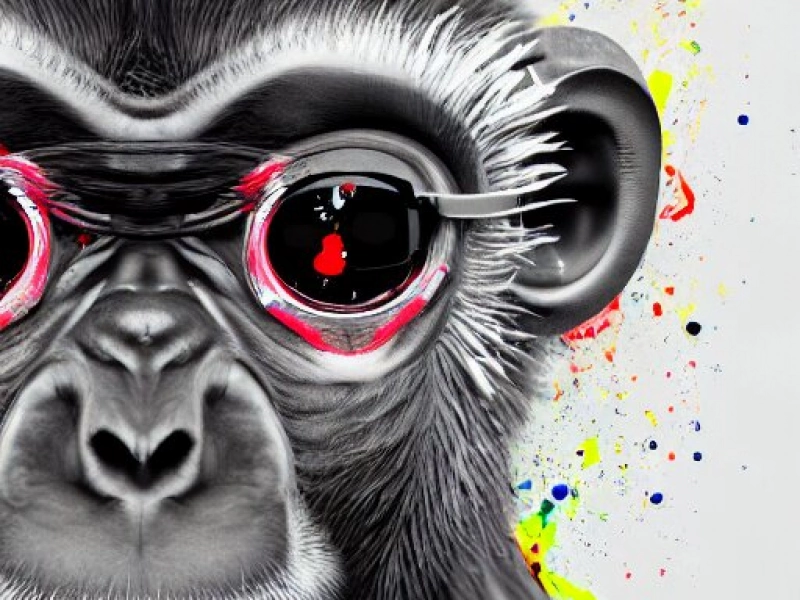
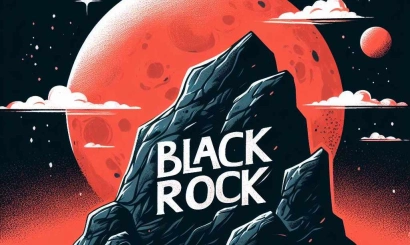
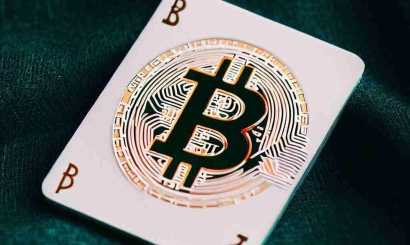
_410x245_00e.webp)
